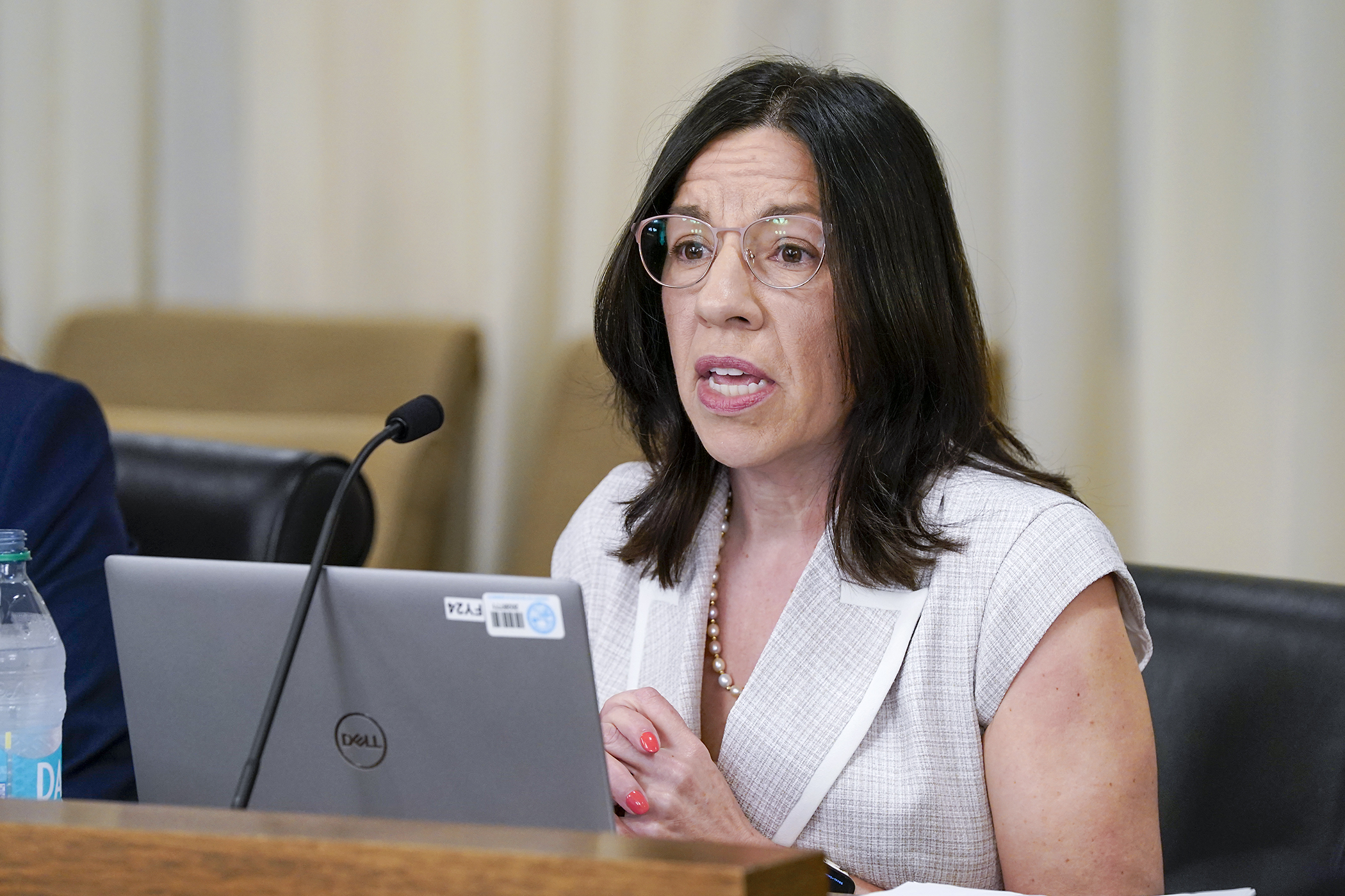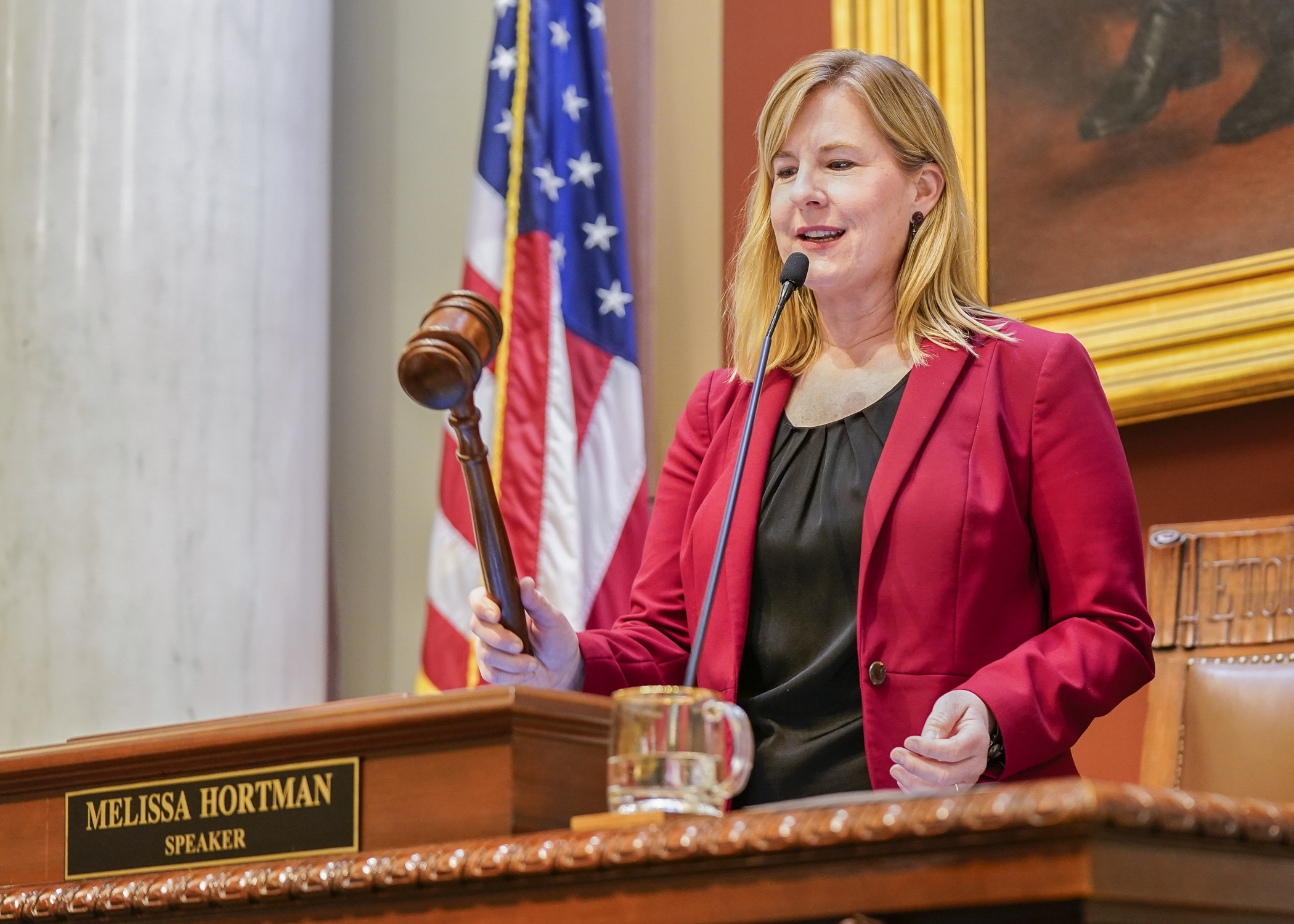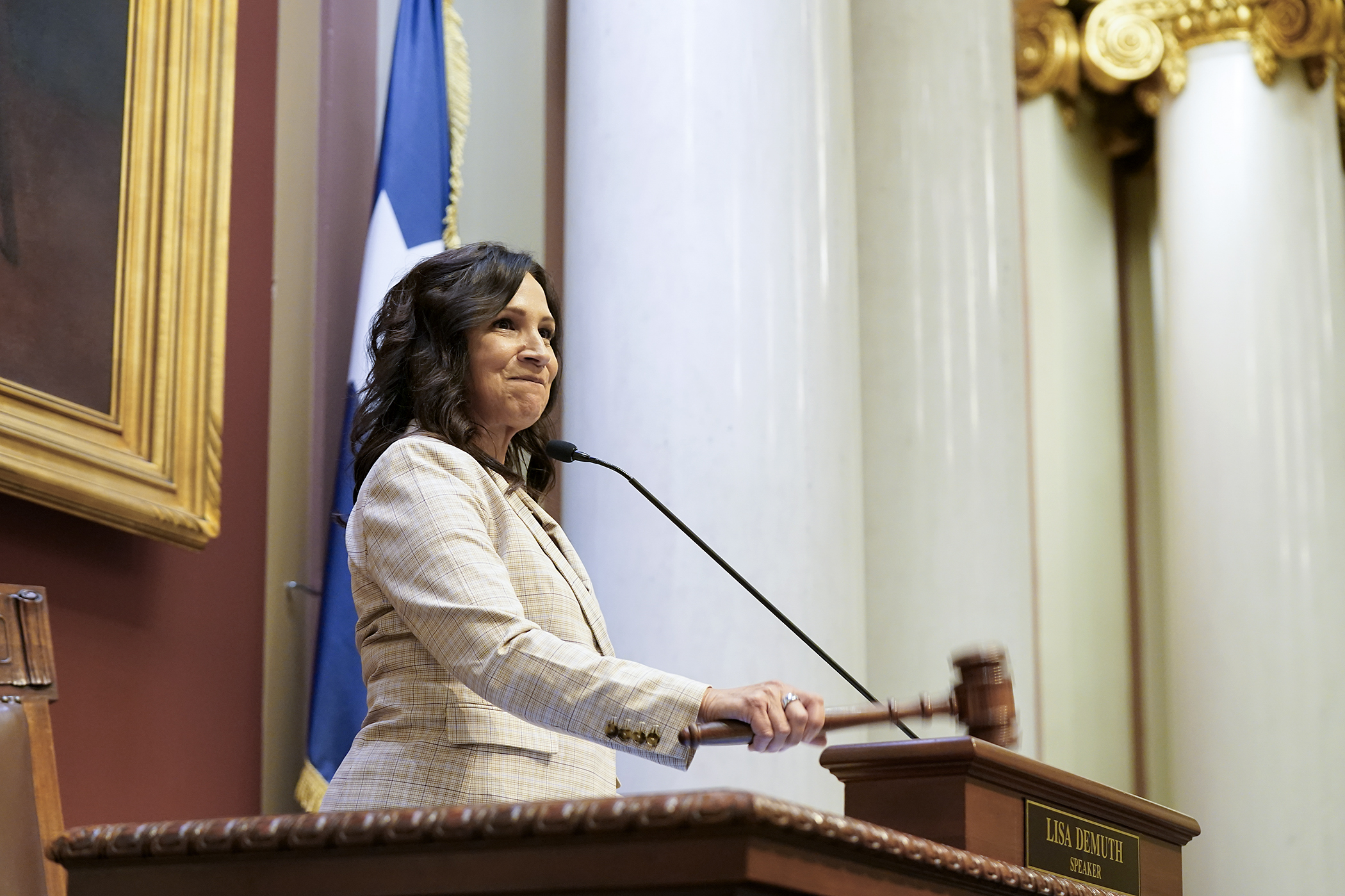Fraud committee looks at Medicaid eligibility, future funds

More than 1 million Minnesotans receive assistance via the state’s Medicaid program and the state spends upwards of $20 billion annually in a state that has approximately 300,000 providers.
“Medical care, therapy, treatment, housing and other services that allow people to stay healthy and contribute to the economy,” said Shireen Gandhi, temporary commissioner at the Department of Human Services.
“We know that fraud hurts the people who need these services. Program integrity work is a high priority for DHS,” she continued.
James Clark has been the department’s inspector general since March after nearly a decade of investigating Medicaid fraud at the attorney general’s office.
“The fact that people decide to steal from taxpayer-funded programs that are designed to help people in need is reprehensible,” he said. “… It’s also illegal, but I think most importantly it’s also immoral.”
But it happens, and, at times, seemingly without repercussion.
For example, a December 2024 report from the Office of the Legislative Auditor said the department, “has not attempted to recover over $40 million in outstanding overpayments to Medical Assistance providers” and “is planning to forgo recovery of outstanding provider debt that may still be recoverable.”
Ensuring Medicaid benefits go to the people who are eligible — and investigating fraud — was part of Tuesday’s House Fraud Prevention and State Agency Oversight Policy Committee meeting.
[MORE: View the Department of Human Services presentation, submitted testimony]
Lawmakers took some steps this year to prevent misuse of state funds. There is also acknowledgment that more can be done moving forward.
Among program integrity changes provided for in the 2025 legislation are:
- prohibition on kickbacks for Medical and Child Care assistance programs;
- duplicative billing prohibition;
- authority to investigate maltreatment allegations in Early Intensive Developmental and Behavioral Intervention settings; and
- improved oversight of clinical requirements to ensure high-quality service that leads to better outcomes for children and families.
“While we are working to implement the strong program integrity measures that this Legislature passed, we are also struggling with the significant federal changes that are possible in Minnesota,” Gandhi said.
Those would be from the so-called “Big Beautiful Bill” signed into law by President Donald Trump last week.
Department officials said the state could lose up to $500 million annually once the federal funding cuts are enacted, due to a decrease in Medicaid payments, and upwards of 250,000 Minnesotans could lose coverage. Additionally, costs to counties, who administer Medicaid eligibility and renewals, are expected to increase significantly.
“We have to ensure people who are eligible for these services get them,” said Rep. Emma Greenman (DFL-Mpls).
Clark isn’t aware of the federal bill providing additional funds coming to Minnesota for help fighting Medicaid fraud.
Republicans say who qualifies must be reviewed. The federal law will require “able-bodied” Medicaid beneficiaries between the ages of 19 and 64 — except those with children under age 14 — to prove that they are working at least 80 hours per month in order to maintain their health insurance.
We are spending $3.2 billion annually on “able-bodied people” that could work, said Rep. Marion Rarick (R-Maple Lake).
Rep. Isaac Schultz (R-Elmdale Township) said Minnesota spends $7 billion more per year on Medicaid than Colorado and Wisconsin, two larger states. “We seek to make sure we’re building a culture of work and so that we aren’t having the same programs and program issues that we’ve seen here in Minnesota with huge problems. It was the governor who said earlier this year that ‘I think it’s probably a culture of generosity. I think it’s a culture of being a little bit too trusting.’”
Related Articles
Search Session Daily
Advanced Search OptionsPriority Dailies
Speaker Emerita Melissa Hortman, husband killed in attack
By HPIS Staff House Speaker Emerita Melissa Hortman (DFL-Brooklyn Park) and her husband, Mark, were fatally shot in their home early Saturday morning.
Gov. Tim Walz announced the news dur...
House Speaker Emerita Melissa Hortman (DFL-Brooklyn Park) and her husband, Mark, were fatally shot in their home early Saturday morning.
Gov. Tim Walz announced the news dur...
Lawmakers deliver budget bills to governor's desk in one-day special session
By Mike Cook About that talk of needing all 21 hours left in a legislative day to complete a special session?
House members were more than up to the challenge Monday. Beginning at 10 a.m...
About that talk of needing all 21 hours left in a legislative day to complete a special session?
House members were more than up to the challenge Monday. Beginning at 10 a.m...